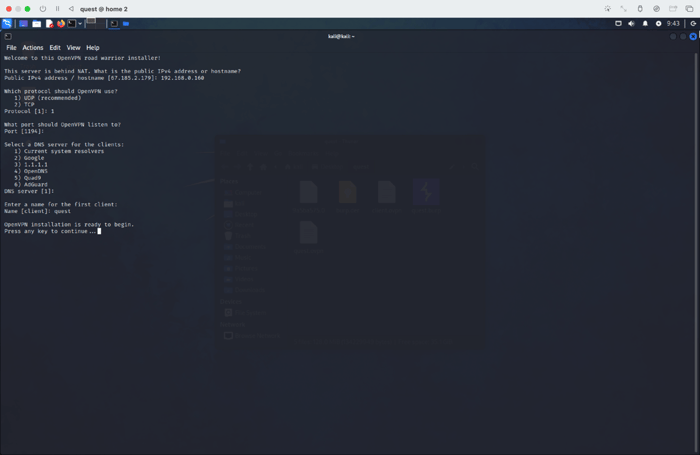Defend the Airport
[ad_1] Every day, millions of passengers depend on a vast, complex airport ecosystem to get from Point A to Point B. From airline check-ins and baggage handling to air traffic control and terminal operations, the aviation sector is an intricate web of interconnected third-party providers, technologies, and stakeholders. In this high-stakes environment, a cybersecurity breach is not a single point of failure, it’s a ripple effect waiting to happen. Cyber Threats Aren’t Just IT Problems – They’re Operational Crises When people think about airport cybersecurity, they often picture network firewalls at airline headquarters or secure software for booking systems. But the real threat landscape is far broader and far more vulnerable. If a catering supplier is hit with ransomware, the aircraft turnaround slows. If the baggage conveyor system is compromised, luggage piles up, delaying departures. If the security contractor experiences […]









